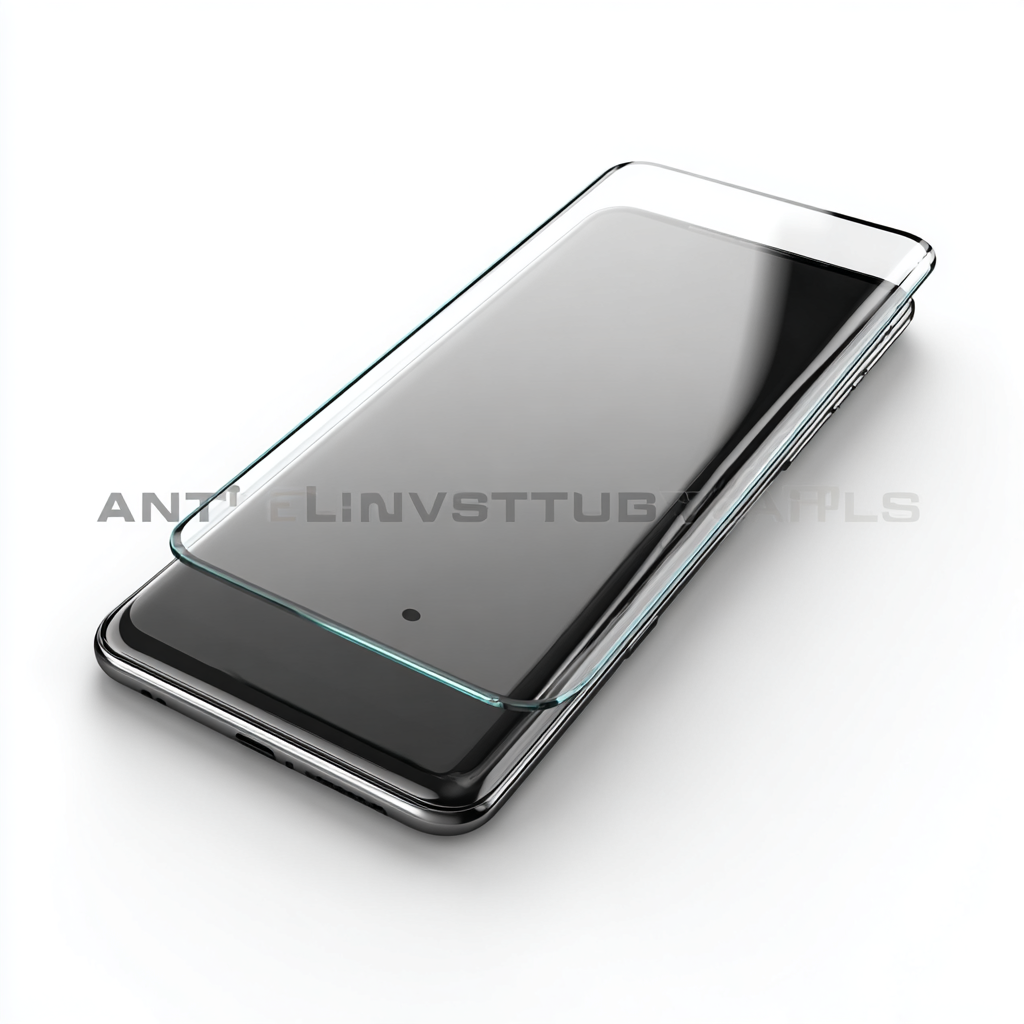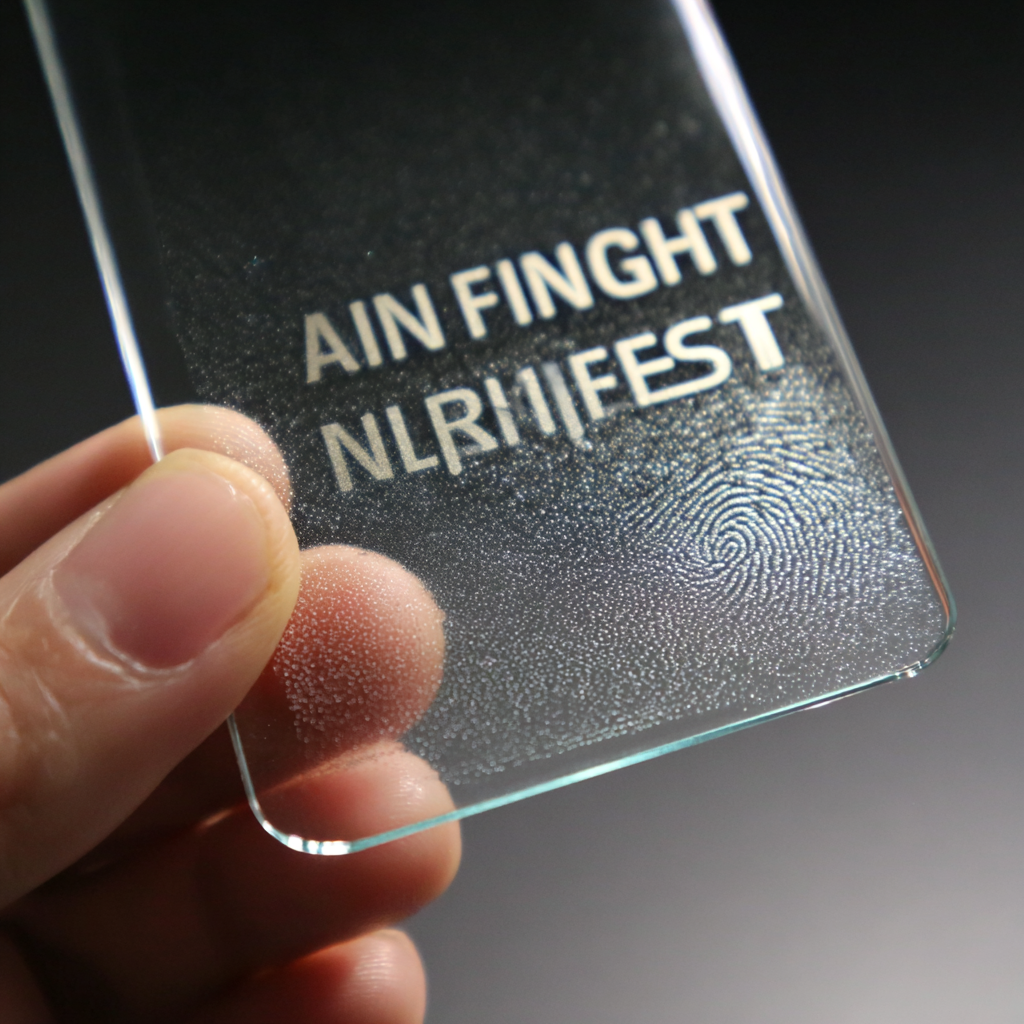
In today's digital age, the demand for high-quality Anti Fingerprint Glass is on the rise among global buyers seeking to enhance their devices’ aesthetics and durability. This innovative material not only offers a sleek finish but also effectively resists unsightly smudges and fingerprints, making it a popular choice for smartphones, tablets, and other electronic devices.

However, the market is flooded with various manufacturers claiming to offer the best products, which can make it challenging to choose the right one. In this blog, we will explore the numerous advantages of Anti Fingerprint Glass and provide insights into how buyers can select top-notch manufacturers. By understanding the key factors to consider, consumers can ensure that they invest in high-quality Anti Fingerprint Glass that meets their needs and expectations, ultimately enhancing their overall user experience.
Anti-fingerprint glass has emerged as a game-changer in the consumer electronics industry, offering clear advantages that appeal to global buyers. According to a report by Grand View Research, the anti-fingerprint coating market is expected to reach USD 2.15 billion by 2025, driven largely by rising consumer demand for devices that maintain a pristine appearance. This technology not only enhances the aesthetic appeal of smartphones and tablets but also reduces the frequency of cleaning, thereby prolonging the lifespan of devices.
Furthermore, anti-fingerprint glass significantly improves the user experience. A study published in the Journal of Coatings Technology and Research highlights that surfaces treated with anti-fingerprint coatings can reduce smudges and fingerprints by up to 90%, allowing users to enjoy clearer screens with minimal maintenance. This feature is particularly beneficial in regions with high humidity or dust levels, where surfaces tend to show dirt more readily. As manufacturers increasingly recognize these benefits, the integration of anti-fingerprint glass in products is likely to grow, catering to a more discerning global market.
The anti fingerprint glass market is experiencing significant transformation driven by key industry trends that cater to the needs of global consumers. One notable trend is the growing demand for enhanced durability and scratch resistance in glass products. As consumers become more tech-savvy and discerning, manufacturers are focusing on developing glass that not only repels fingerprints but also withstands everyday wear and tear. This innovation ensures that devices maintain their aesthetic appeal and usability, making anti fingerprint glass a preferred choice for smartphones, tablets, and other electronic devices.
Another crucial trend shaping the market is the increasing emphasis on sustainability and eco-friendly materials. With a heightened awareness of environmental issues, many manufacturers are exploring the use of biodegradable coatings and recycled materials in their anti fingerprint glass products. This shift not only meets consumer demand for sustainable options but also aligns with global initiatives aimed at reducing carbon footprints. As these trends continue to evolve, they will play a pivotal role in driving the growth of the anti fingerprint glass market, offering consumers both functional benefits and peace of mind regarding their environmental impact.
This chart illustrates the projected growth rates in various regions for the anti fingerprint glass market. The data indicates that the Asia-Pacific region is expected to experience the highest growth at 30%, followed by North America at 25%, highlighting significant regional trends influencing market dynamics.
When considering the protection of screens and surfaces, buyers are often torn between traditional glass options and the innovative anti-fingerprint glass. The latter not only provides enhanced durability but also offers significant cost-efficiency over time. Traditional glass typically requires frequent cleaning and maintenance due to smudges and fingerprints, translating into higher cleaning costs and potential damage to the screen from excessive wiping. In contrast, anti-fingerprint glass is designed to repel smudges, which means users enjoy a cleaner, clearer surface for longer periods without the constant need for cleaning solutions or cloths.
Moreover, the initial investment in anti-fingerprint glass might be slightly higher than traditional options; however, its long-term benefits make it a wiser choice. By reducing wear and tear and the frequency of replacements, users can save money in the long run. In addition, the advanced technology behind anti-fingerprint glass often results in better visual quality, enhancing user experience, particularly for devices that rely heavily on touch interaction. Therefore, for global buyers looking to maximize both functionality and affordability, anti-fingerprint glass emerges as a clear frontrunner in surface protection solutions.
When it comes to glass products, durability is a key concern for consumers and manufacturers alike. Standard glass, while commonly used, often falls short in withstanding the rigors of daily use, showing wear and tear over time. Anti fingerprint glass, however, is engineered specifically to combat these issues. With a specialized coating that repels fingerprints, oils, and smudges, this type of glass maintains its clarity and aesthetic appeal, ensuring it looks as good as new even after prolonged use.
The durability metrics of anti fingerprint glass reveal a significant advantage over standard glass when subjected to various tests. Repeated exposure to moisture, UV light, and everyday abrasives shows that anti fingerprint glass retains its integrity and does not degrade as quickly. In addition, the ease of cleaning this glass type minimizes the chance of scratches and surface damage, further enhancing its lifespan. By investing in anti fingerprint glass, global buyers are not only choosing a visually appealing option but are also making a wise decision in terms of long-term durability and maintenance.

As consumers increasingly prioritize device aesthetics and cleanliness, the demand for anti-fingerprint glass solutions has surged significantly. Recent surveys reveal that 68% of users identify fingerprint smudges as a primary concern when selecting mobile and electronic devices. This consumer insight underscores a growing awareness of both functionality and appearance in the global market. The 2022 Anti-Fingerprint Coatings Market Report indicates that the global anti-fingerprint glass market is projected to grow at a CAGR of 7.3% from 2023 to 2030, driven by consumer preferences for cleaner surfaces and enhanced visual appeal.

Additionally, the findings highlight that younger demographics, especially millennials and Gen Z, are more inclined to choose devices equipped with anti-fingerprint technology. Approximately 75% of respondents aged 18-34 expressed a strong preference for products that offer this feature. This trend is not merely a passing phase but reflects a broader shift towards more durable and user-friendly materials, which offer both aesthetic benefits and practicality. As manufacturers seek to meet these evolving consumer demands, the development and adoption of advanced anti-fingerprint solutions will be crucial in maintaining competitiveness in the technology sector.